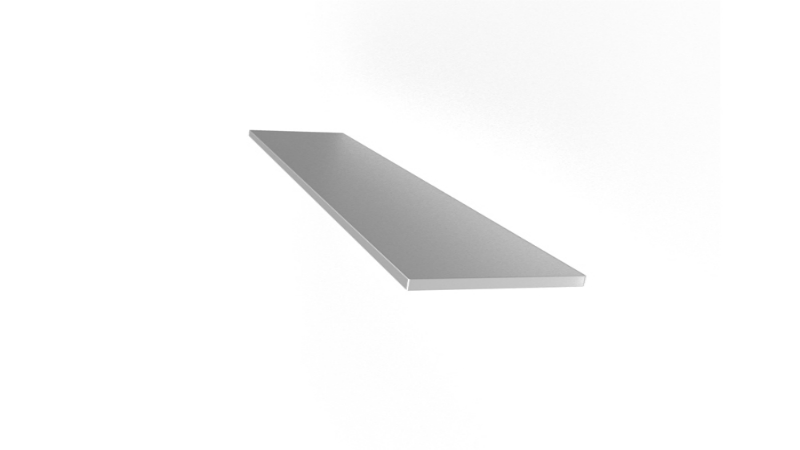Although there are many different mounting arrangements for fans and blowers, there are only two types; radial and centrifugal. Radial fans have a blade that looks very much like an airplane propeller, usually there are a minimum of four blades but there may be more depending on the size and application. A radial fan pulls air through the blades when rotating; the principal use for a radial fan is to move volumes of air. In most cases the blower drive is an electric motor which is directly attached to the fan shaft, the rotational speed of the blade is the same speed as the motor.
In many cases it is not warranted or desired to have a large radial fan blade turning at the same high speed as the motor which is often 1200 RPM, in this case belt driven blowers are used. Instead of the motor being mounted directly on the blower shaft, a belt pulley is installed in its place. The motor is mounted on a separate platform; it is mounted so that the motor shaft and the fan shaft are running parallel to one another. The motor has another pulley of a different size; the differences in size determine the ratio of how fast the fan rotor turns. Belt driven blowers have a small pulley mounted on the motor and a larger pulley mounted on the fan shaft.
Centrifugal fan drives are rarely direct; they are almost always driven by belts, gears, chain and sprocket, etc. A centrifugal is designed to deliver air at pressure; volume is not the only criteria in the design. The fan blade consists of many small blades mounted on a hub; this blade assembly fits in a fan box which is shaped as a vortex. The fan shaft is supported by bearings and the end of the shaft is fitted with a pulley to accept the fan belt.
Once again, the pulley sizes differ from the motor to the fan shaft. A high speed motor, using the proper ratio can result in a slow speed fan. If the ratio between the driven pulley and the drive pulley is 4:1 for example, a 1200 RPM motor will result in a fan blade speed of 300 RPM.
